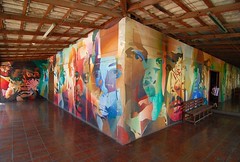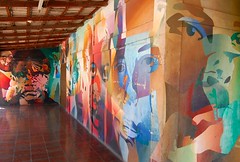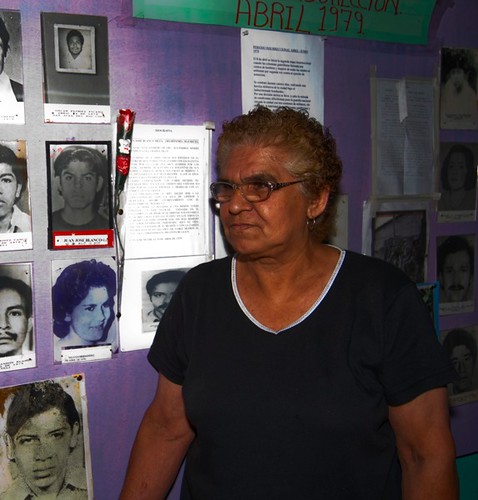
Miraflor
The bus had just 36km to crawl up into the mountains from Esteli. We got to it a little before departure time at 6am, led there by our hostel night guard, to find it already packed but with enough room for us to find two seats together. Two hours later, after slugging it up an unmade dirt road that climbed steeply higher and higher, we reached La Pila, the location of our homestay.
We were welcomed at La Pila with breakfast, the mother of the family spotting us get off the bus and hastily frying us some gallo pinto, eggs and plantains. Though our homestay was booked, there is no way the office in Esteli can contact the homestay family so she keeps an eye on the bus for gringos. La Pila is a group of farmhouses scattered across the hillsides. Families grow beans, maize and coffee, and raise cows and chickens.
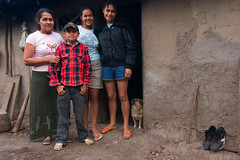
Homestay Family
Unknown until we get off the bus, our guide for the day had been on the bus too. Her lack of communication rarely changed throughout the whole tour. She sadly gave a solid impression of boredom and irritation the whole time.
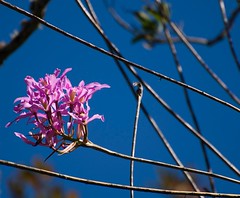
Flying Orchid
The Miraflor area gets its name from a German NGO volunteer who came up with the name as a 'brand' to build a a community tourism project around. He thought there were lots of flowers people would like to come and see - hence Miraflor - view the flower. We did see some flowers but would not say the area could be particularly noted for its flora. Perhaps another time of year. That is except for the Orchid Orphanage, a small area of woodland with orchids rescued from dead trees killed by a hurricane a few years back.
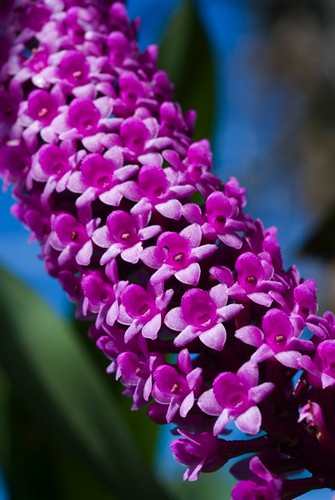

On our way to the Orphanage we passed through woodlands thick with epophytes called Old Man's Beard that hang in thick, grey droves from branches.
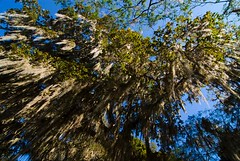
Tree Beard
The tour ended with a visit to a beautiful little waterfall which Georgia braved. The water was far too cold for me.

Waterfall

Georgia putting on a brave face
We were soon joined by a group of local chicos from La Pila having a great time.
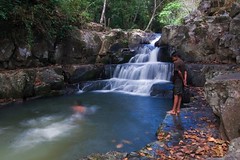
Chico Splash
After our tour we took ourselves along La Pila's 'high street' a dirt road running along the contour where the traffic comprises the twice-daily bus, a couple of pick-ups and lots of horses. To either side are views up to trees or far across hills goldened with the setting sun, cows in fields, birds singing in trees and chickens or pigs scratching the dirt for dinner. The area is a totality of tranquility and beauty. Along the way we found a long-abandoned Operation Raleigh concrete pre-school.
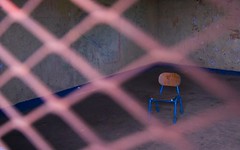
Seat of Loneliness
